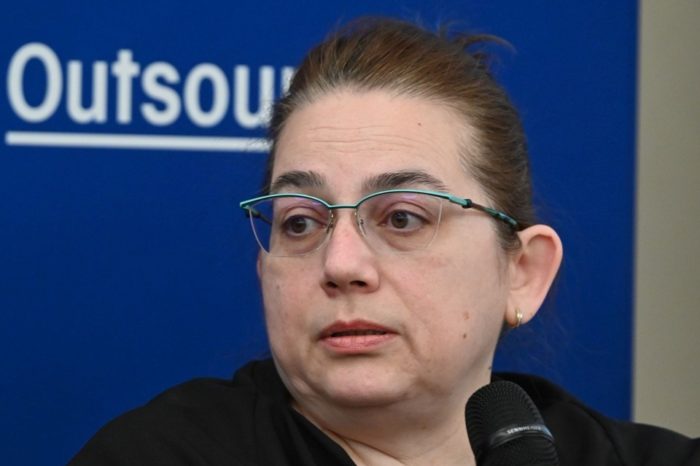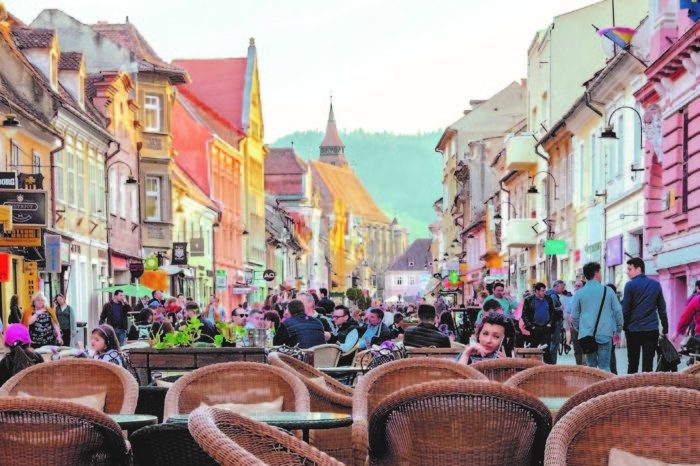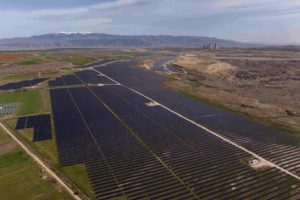Smart city is not a fad, it’s a necessity

In June 2018, the ranking of the most “smart” cities in the world was published. In other words, the most advanced cities in terms of human capital, social cohesion, the economy, the environment, governance, urban planning, international outreach, technology, mobility, and transport.
Romania is missing from this ranking
Conducted by the prestigious IESE Business School, the ranking includes 165 cities in 80 countries but does not include Romania. Is it dueto methodological research limitations or simply because of the lack of data and examples of smart cities in Romania? We do not know. What remains as a sad remark is that neighboring countries like Bulgaria, Hungary, Ukraine or Serbia are represented by their capitals in this ranking, but Romania is missing.
The ranking aims to be a tool for mayors, city managers, companies, and stakeholders to help them improve the quality of life of city residents. Studying the most advanced cities according to each of the 10 factors analyzed is a source of inspiration for identifying best practices for innovation, sustainability, equity, and connectivity.
The intelligent city is built with a vision
It is not enough for a city to perform in one respect for taking a leading position in this ranking. Performance needs to be consistently positive in all 10 chapters analyzed. Otherwise, the cities in question will cause imbalances. It is very difficult to reconcile economic power with social cohesion and mobility or transport with the environment. Therefore, measuring success is a complex process that requires vision from those involved.
And yet, if we were to select a city in Romania that was remarked on by implementing a smart city project, this is Alba Iulia. Made in a public-private partnership, this smart city project is focused on community and business.
Community – By converting modern technologies to improve the quality of life.
Business environment – Turning the city into a business-friendly environment and as start-ups launching platform.
The goal? Increasing economic efficiency, increasing quality of life and reducing costs. Reasons for success? Development Strategy 2014-2020 developed together with the World Bank, attracting over 200 million euros from European funds over the last 10 years. Alba Iulia is the only city with a brand manual in Romania, which gives it a coherent promotion and visibility. All digital systems give transparency in spending the public money, Alba Iulia being under Moody′s monitoring. The consequence of the implementation of these technologies is the demographic and territorial growth of the city. Recognition of success lies in calling the city as a partner in 8 URBACT projects at European level.
Romania can have smart cities
Why did I mention Alba Iulia? To show that it is possible. Maybe we are not (yet) in the rankings of the smartest cities, but we can be. It is important that we have elected people with vision, clever implementation people and local leaders who agree on a common development plan.
Changing administrative leadership is not allowed to tilt the balance of decisions except for the benefit of citizens and the city. The common agreement on the timetable for implementation on agreed lines is essential and must be respected. This builds the trust of all stakeholders involved in transforming urban settlements into smart cities. Outcomes are generated, outbound affiliations are overcome and citizens′ future hopes grow.
The standard of living for citizens depends on the level of competitiveness of the city in the development region, the region compared to the level of the country and the country with the world. Only by facilitating the development of components such as human capital, social cohesion, economy, environment, governance, urban planning, international attractiveness, technology, mobility and transport, Romania becomes competitive. The intelligent city is not a fad, it′s a necessity.
Author: Constantin Magdalina, Emerging Trends & Technologies Expert














